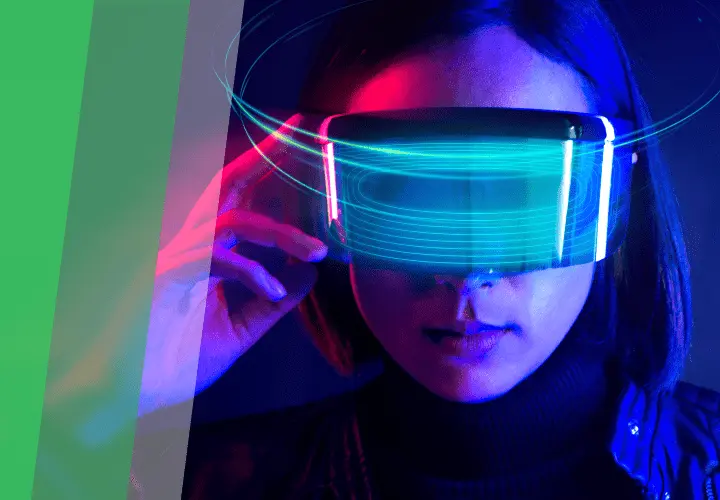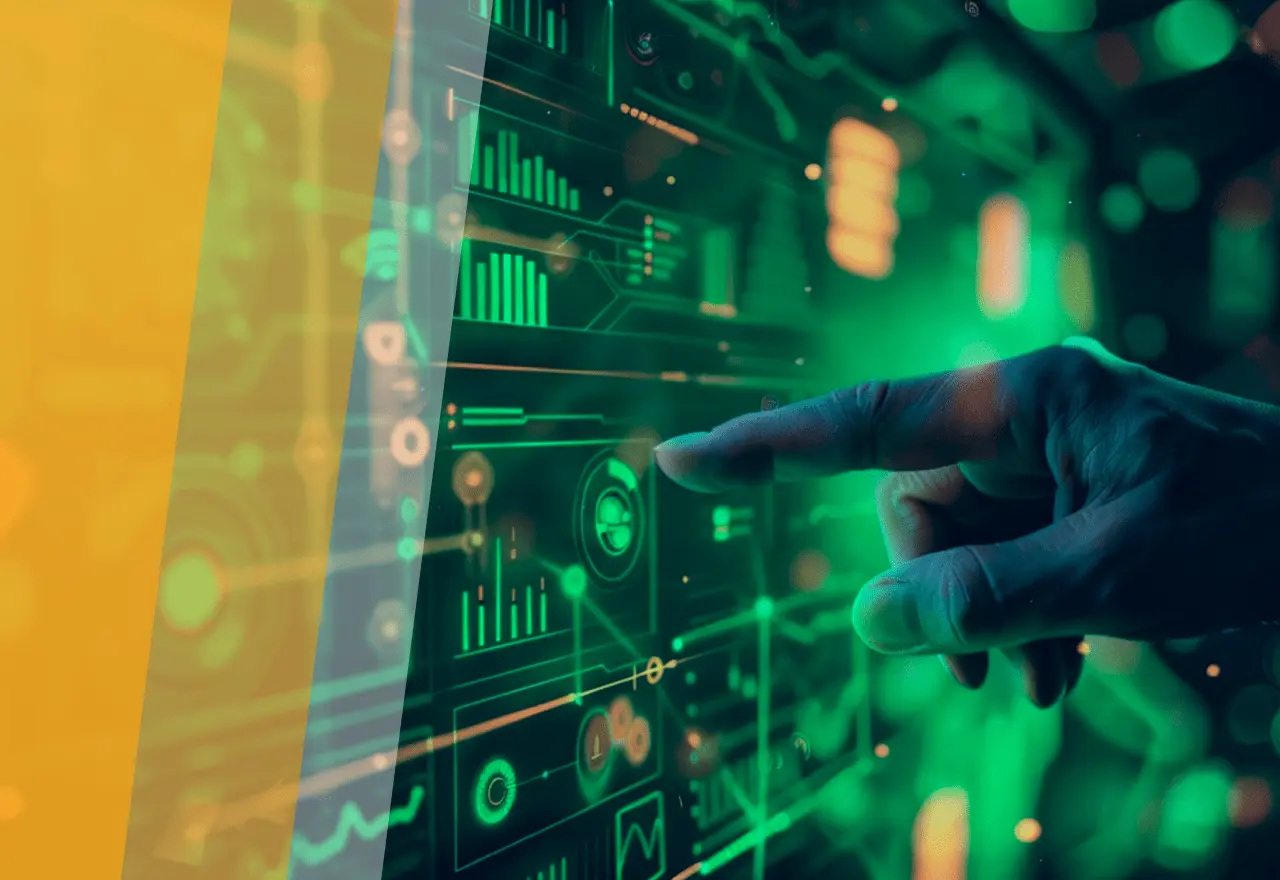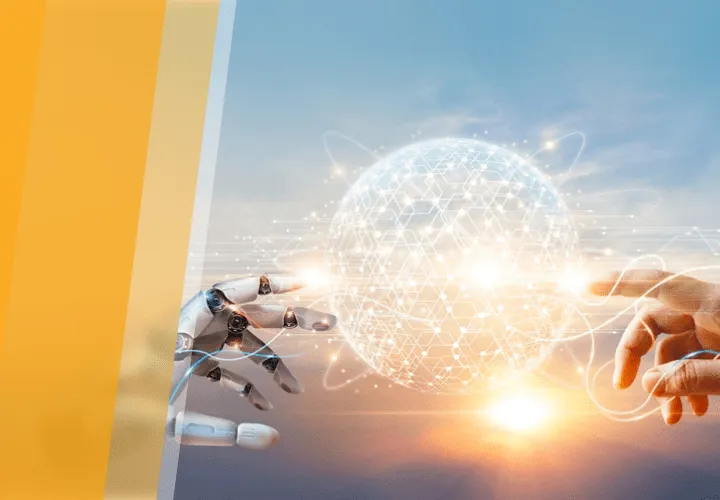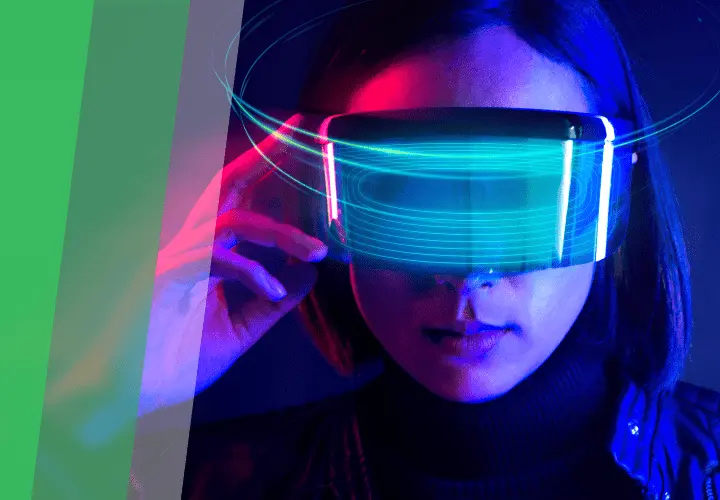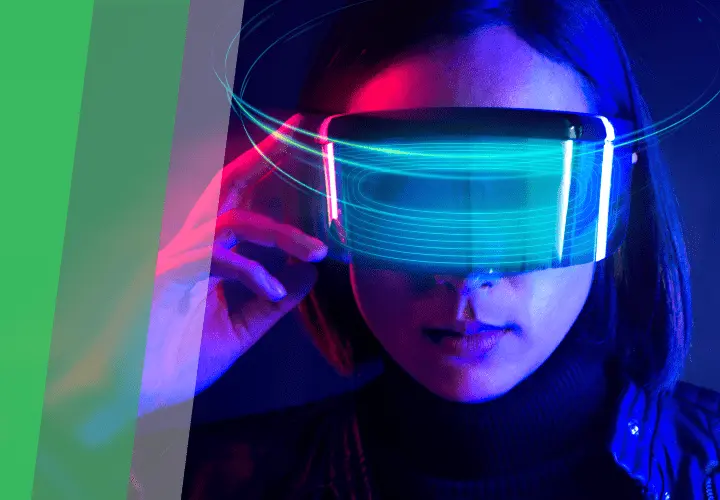5 Ways in Which 3D Design Makes Your Business Rock
Table of contents
If you’re in business that, like many others, sells some products, services, concepts or ideas, you are definitely aware that the introduction of things you sell to customers from another perspective can work miracles for the sales processes. And here’s where the application of 3D design can become your best friend.
Developed by experts, 3D design adds more sense of beauty and elegance to the presented items, also allowing you to capture increased attention of your potential customers and provide them meaningful, indepth, 360-degree information about your products and their application in the physical space. Giving a rich taste of how things you sell will feel, look, and behave in the real-world environment, 3D visualization can be considered as one of the most impactful and valuable aids to your sales and marketing teams.
However, 3D design development requires a great deal of skill, so quite often, this option is overlooked by companies offering design services, but not in case with Emerline. With hands-on experience of delivering 3D designs to customers and implementing them into our own products, we share some ideas on how you can make your business rock with 3D. Information below is based on comments given by Emerline’s 3D designer Uladzimir Makhnach, who shared his view on the top 5 ways in which 3D design can be used in business.
#1: 3D Illustrations and 3D Elements in UI
3D design in the UI of web and mobile applications is the hot trend now. It can be used either for the creation of a 3D-rendered background or implementation of some accentuated elements (buttons, icons, etc.)

Still, the most common use case is the creation of various characters. Let's imagine you have a travel agency and you want to show tourist destinations creatively and using some traveler-character. For sure, you can do it with vector graphics. But in case you choose 3D, the creation of a single character will allow you to change its pose, redress, and even animate it. In other words, you'll get a fairly flexible solution that ensures the preservation of your brand identity at any time.
And there are far more benefits offered by 3D in UI.
- A 3D rendered model of an item is often created in a way to become a visual center of a composition, driving the attention of your app visitors to the essentials you want to highlight, whether it is some product, message, button, whatever.
- With elegantly crafted 3D graphics, even the most basic app captures increased attention from the very first seconds of interaction, allowing you to stand out from competitors.
- When used as some dancing touches (buttons, icons, or slight details), 3D elements give your design a more alive feel and contribute to a more positive mood.
- If your app focuses on giving a futuristic vibe to its users, 3D is the ideal option.
#2: Animated 3D Videos
Video content featuring 3D animation is a powerful way to connect with your customers engagingly and innovatively, giving them a sense of change. Animated 3D videos cover a wide range of content: you can design them to communicate your ideas, present some items, dive a user into certain processes, etc. Here are some of the examples:
- 3D animation in adverts sets your brand apart from the rest. For example, Toggl — a company that offers time tracking software, created a video that gives a viewer a perfect sense of how the app's services could be used. Different tasks are represented by animated characters that capture your attention, make the video funny and engaging, and, what's more important, perfectly deliver the message. A good alternative to a tiresome product demonstration, right?
- Brand films with 3D animation allow you to shout out loud about your company. They also open up space for bringing up to life things that don't exist in the material world (a digital workspace, online products, etc.). One of the best examples is the presentation of Microsoft Office Icons.
- Lessons featuring 3D characters help you answer tons of questions that can arise during the process of learning or obtaining certain skills. 3D allows diving a learner into a close-to-reality environment, showing in detail how things should be done. For example, the GoDog app developed by our teams features a series of video lessons with two characters: a labrador and its owner. A user can see how certain commands need to be performed in steps. Using arrows, dialogue boxes, and other elements, such as clocks, we simplify the absorption and comprehension of the material.
Additional benefit is offered to those who want to push the created characters through some line of their business, or make them recognizable and reminding of the brand. The thing is that created ones, 3D characters can easily be reused at any time. For sure, this results in cost and effort savings, meanwhile preserving the identity and allowing to create things with respect to the chosen style.
#3: Product Visualization
Since the whole world went online, putting products in front of customers became a real challenge. And here's where 3D visualization comes into play, allowing to showcase any product, from different angles, in detail.
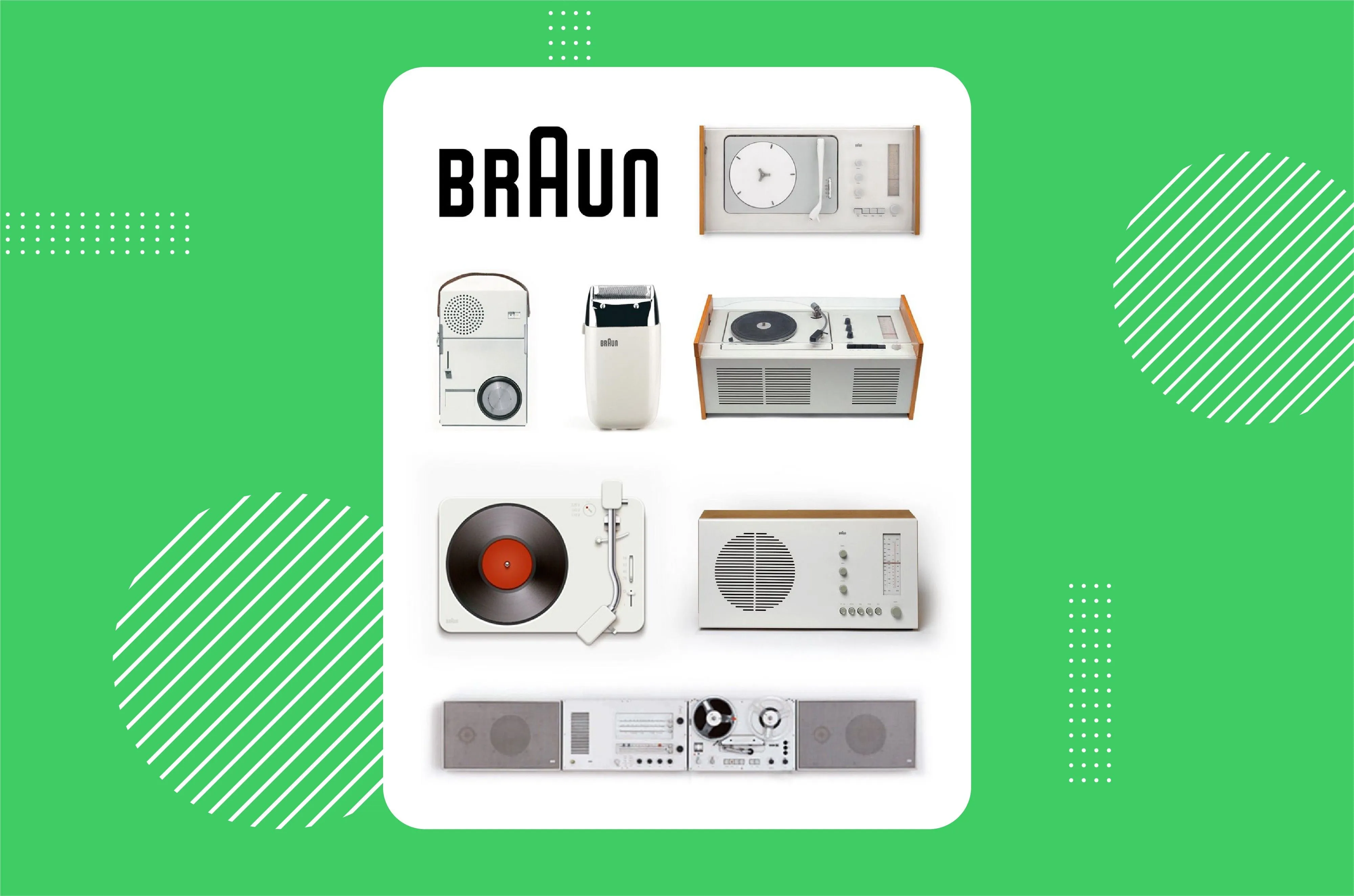
And here are more benefits for you to consider:
- 3D rendered products often look photorealistic, allowing you to save the game in cases when photo content you need is impossible to get.
- In comparison to hiring a photographer and going through all stages involved in the process (taking pictures, sorting them, editing, choosing those that fit your advertisement plan), 3D visualization is less time-consuming.
- 3D is a more friendly option for edits and touch-ups in case you need them.
- Realistic 3D models of products you offer provide customers with an instant understanding of what they will get.
Considering these benefits, there's no wonder why nearly all of the latest adverts for cars are based on 3D technology. Furthermore, such giants as Apple also use 3D-rendered models to present their products at best. For example, you can see the filling of AirPods Pro to create a clearer picture of what you buy and how the device works.
#4: AR/VR
While AR/VR is no longer something new and surprising, it's a trend. Since the technology has spread to the masses, customers expect to have access to this experience. But it's not just about meeting expectations, but also about facilitating various processes.
For example, one of Emerline's projects was based on the creation of a conference system that would allow users to connect to a videoconference from their smartphones to learn how the heater works in AR mode: a user sees a 3D model of a water heater through their camera, and while the model goes through a pre-compiled animation, a lecturer explains what's what and how to use it.
Applied for such purposes, AR and 3D solutions offer an incredible level of convenience. Most likely, operation and maintenance manuals given in AR/VR mode with the use of 3D models will soon replace paper manuals and video guides on YouTube. So, instead of going into a booklet and looking for an answer to your question on how to disconnect/connect, enable/disable, configure something, a user will have a precious opportunity to see what needs to be done in AR or VR mode, on a 3D model.
One scenario for the future is the following: having bought some product, a user can scan the code to see the product's three-dimensional model. It's possible to rotate it, explore its details from different angles, meanwhile getting instructed on all the do's and don'ts.
For sure, there are many more use cases of augmented and virtual realities used together with 3D. One of the most brilliant and prospective ones is their application to education. There's a good TedX Talk given on this topic by Florian Radke, an award-winning marketing and brand communications expert.
At Emerline, we also take advantage of AR and 3D technology to provide users of our GoDog app with new ways of learning the material. Feel free to explore how it looks and feels in the app (if you have a furry friend, this app is a win!).
#5: Marketing
Sad but true: traditional marketing methods no longer work as great as they used to since customers are yearning for innovation. And that’s where 3D marketing and 3D advertising can step in to change the game.
How can marketers take advantage of 3D designs? We’ve already seen the examples: there are 3D illustrations and elements in the UI of apps, 3D animated videos, product visualizations, application of 3D in AR/VR modes — everything we’ve discussed above.
Providing the ability to sell the experience and not just the product, offering scalability that allows fitting any advertising needs, giving an opportunity to bring the brightest ideas into life, 3D designs used for marketing purposes allow businesses to increase conversion rates, keep up with competitors, ensures brand modernity, and get a bunch of other good things.
Have some doubts? Then take a quick look at companies that have already adopted 3D: Coca-Cola, Nokia, Apple, Volksvagen, Shopify, Ford, Nike, Boeing, and thousands of other big players — all known for having the strongest marketing campaigns. Learn from the best, right?
Anyway, if you have some doubts about whether a 3D design is worthy of your investments, want to learn more about solutions that can take your business to new heights, or need to know whether the service you are interested in is covered by our expertise, feel free to contact us!
Published on Feb 22, 2023
